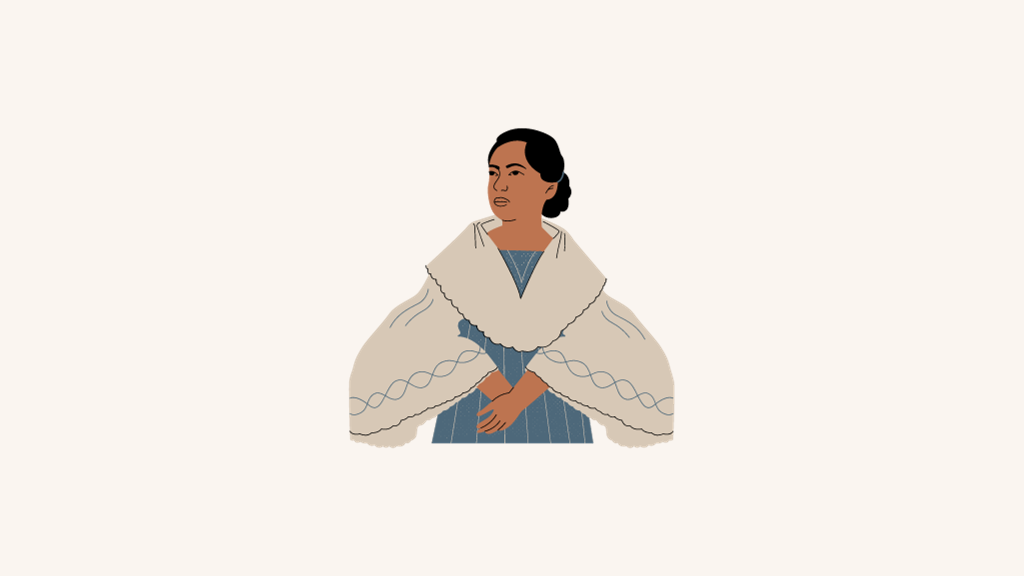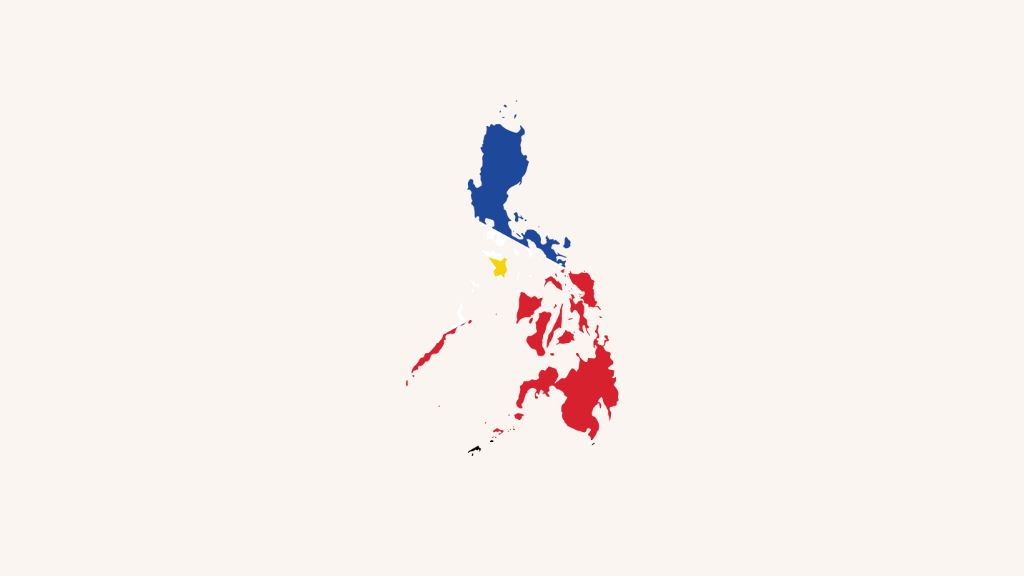
In the vibrant archipelago of the Philippines, gifts aren’t merely wrapped in ribbons and paper—they’re wrapped in history, traditions, and heartfelt sentiments. Delving into Filipino Gift Giving Etiquette is like taking a joyful ride through colorful festivals, familial gatherings, and centuries-old customs. But amidst the maze of traditions, how do we pick the perfect gift that resonates deeply? If you’re on a quest to find the ideal present for that special someone, our gift ideas for Filipino moms might just be your treasure map!
And should the occasion be a birthday, our compilation of Filipino birthday wishes ensures your message is both meaningful and culturally attuned. Let’s embark on this delightful journey of Filipino gift-giving together, sprinkling a mix of the old and the new, the traditional and the trendy!

The Deep-Rooted Traditions of Filipino Gift Giving
The Philippines, an archipelago of over 7,000 islands, is not only rich in biodiversity but also in cultural heritage. Central to its traditions is the practice of gift-giving, which goes beyond the mere act of presenting a gift. Filipino gift-giving is imbued with deep cultural significance, respect, and familial ties. Two such traditions stand out and beautifully showcase the Filipino spirit: Pasalubong and Mano Po.
Pasalubong: The Custom of Homecoming Gifts
In many cultures, bringing gifts after a trip is a courteous gesture, but in the Philippines, this act takes on a whole new level of importance. Known as Pasalubong, it’s a traditional Filipino practice of gift-giving, where travelers bring gifts from their journey back to family and friends at home. This isn’t just limited to long trips abroad. Even if one visits a neighboring city or province, they often return with local delicacies or souvenirs.
Pasalubong serves a dual purpose. Firstly, it’s a way to share the experience of the journey. By gifting local products or specialties, the traveler allows loved ones to have a taste, quite literally, of the places they’ve been. Secondly, it reaffirms bonds and connections. It’s a gesture that says, “While I was away, I was thinking of you.” From children eagerly awaiting candies and toys from a parent’s business trip to friends looking forward to a unique keepsake, pasalubong is a beloved tradition that strengthens relationships.
The Significance of ‘Mano Po’ in Showing Respect
Mano Po is less about gift-giving and more about a gift of respect. It’s a customary Filipino gesture used to greet elders. Here’s how it works: the younger person takes the elder’s right hand and gently places it on their forehead while simultaneously saying “Mano Po.” The act is symbolic, derived from the Spanish-era influence, and it’s a beautiful manifestation of the deep respect Filipinos have for their elders.
But what does this have to do with gift-giving? Well, in the Philippines, the act of presenting a gift often goes hand-in-hand with the Mano Po. Especially when younger individuals offer gifts to their older relatives, they might accompany it with this gesture of respect. This dual act magnifies the significance of the gift, emphasizing not just the material aspect but also the profound respect and love the giver has for the recipient.
In a world that often feels rushed, traditions like Pasalubong and Mano Po keep the Filipino community grounded, reminding them of the importance of family, respect, and shared experiences.

What is The Superstition About Gift Giving in The Philippines?
In the Philippines, superstitions or pamahiin play a vital role in gift-giving. For instance, it’s traditionally believed that gifting shoes or any form of footwear might lead the recipient away from you, symbolizing separation. Likewise, gifting sharp objects, such as knives or scissors, can “cut” ties between the giver and the recipient. When considering gifts, it’s essential to be aware of these superstitions to avoid unintentional negative sentiments or implications.

Modern Day Gift Giving in the Philippines: Merging Tradition with Contemporary Choices
In the vibrant cultural landscape of the Philippines, traditions are not left behind but are rather woven seamlessly into the dynamic rhythm of modern life. Even as global influences permeate Filipino society, the intrinsic spirit of traditional gift-giving persists, harmonizing the old and the new in a melody that resonates across generations. Let’s delve into two prevalent practices in modern-day Philippines gift-giving: the renowned “Balikbayan Boxes” and the emerging trend of personalized gifts.
Balikbayan Boxes: Sending Love from Abroad
The term Balikbayan translates to “returning to one’s country,” and the Balikbayan Box is a tangible, heartwarming extension of that return. For the many Filipinos working or residing abroad, these generously-sized boxes are crammed not just with goods, but with emotions, memories, and a palpable connection to their homeland. From canned goods, chocolates, and clothing to tiny trinkets that speak of a distant place, these boxes embody love and sacrifice. Each item carefully selected, each product a whisper of stories untold, from miles away, across seas and continents, it connects the global Filipino diaspora back to their roots. It’s not merely a box; it’s a vessel of love, shared experiences, and the perpetual bond that ties one back to their family and homeland.
Personalized Gifts: A Reflection of Individuality in Modern Times
Navigating through the modern avenues of the Philippines’ gifting culture, personalized gifts emerge as a beacon of individuality and thoughtfulness amidst the conventional choices. The current Filipino generation, while deeply rooted in tradition, also appreciates the nuanced charm of custom-made presents. From engraved jewelry and customized home decor to tailor-made experiences and personalized gift baskets, these presents mirror a convergence of traditional values and contemporary expression. This evolution illustrates a society that respects and cherishes its rich history while embracing modernity with open arms, striking a balance that cherishes the past, celebrates the present, and anticipates the future.
In the symphony of Filipino gift-giving, each practice, be it traditional or contemporary, plays a crucial note, crafting a melody that transcends time, honoring the enduring spirit of generosity, connection, and heartfelt giving inherent in the Filipino culture.

What Brings Good Luck in the Philippines?
Good luck or “swerte” is highly regarded in the Philippines. Common gifts believed to usher in prosperity include round objects, symbolizing continuity and abundance. During the New Year, it’s typical to see Filipinos displaying 12 round fruits, representing wealth in each month of the year. Additionally, charms such as the “Laughing Buddha” or the “Lucky Cat” have also become popular gifts, believed to attract wealth and positivity.

Occasions Warranting Gifts in Filipino Culture
n the communal tapestry of Filipino culture, sharing and celebrating are interwoven threads that bind communities and families. The giving of gifts is not merely a formality but an expression of affection, respect, and communal bond. Let’s explore the occasions when such heartwarming exchanges are most pronounced.
Festive Celebrations: From Christmas to Fiesta
The Philippines is famed for celebrating the world’s longest Christmas season, starting as early as September and stretching till January. During this period, ‘Simbang Gabi,’ or nighttime masses, are attended, and gifts, often in the form of ‘aguinaldo’ (cash gifts), are given especially to younger members of the family. Similarly, local fiestas, held in honor of patron saints, are grand, vibrant events where communities come together, sharing food, joy, and often, presents.
Life’s Milestones: Baptism, Birthdays, and Weddings
Baptism, or ‘binyag,’ is a significant sacrament, and godparents typically present the child with small gifts or tokens. Birthdays are joyous occasions with ‘handaan’ (feasts) and gifts ranging from toys for kids to practical items for adults. Weddings, known as ‘kasal,’ witness an exchange of heartfelt presents, typically items that the newlyweds can use to start their household or symbolic gifts that wish them a prosperous and loving journey ahead.
Gift-giving, thus, is an integral facet of Filipino culture, resonating love, respect, and communal harmony.

Should I Bring a Gift to a Filipino Party?
Absolutely! In Filipino culture, bringing a gift to a party or celebration isn’t just a nice gesture, but often an expected tradition. The act of gift-giving, known as ‘bigay,’ showcases respect, gratitude, and appreciation towards the host or celebrant. However, the type of gift you choose should resonate with the occasion. Let’s delve into specifics:
Birthday Parties
For birthdays, especially for children, toys or educational items are ideal. For adults, practical items or something aligned with their interests are appreciated. Personalized items, like customized jewelry or photo frames, are also a touching gesture.
Weddings (‘Kasal’)
For weddings, items that can help the newlyweds start their new life together are customary. This can include household items, kitchenware, or even cash gifts in envelopes. If you’re particularly close to the couple, consider a more personal and significant gift, perhaps something they’ve been longing for.

Baptisms (‘Binyag’)
For baptisms, it’s traditional for godparents (‘ninong’ and ‘ninang’) to give small tokens or even savings accounts for the child’s future. Soft toys, baby clothing, or even religious items like a baby’s first rosary can be ideal.
Housewarming
If invited to a housewarming, home appliances, decorative items, or anything that adds value to the new home are suitable gifts. Plants, symbolizing growth and prosperity, are also a popular choice.
Fiestas and Other Gatherings
For local fiestas or other community gatherings, it’s a kind gesture to bring food or drinks to share. The communal spirit of fiestas emphasizes sharing, so a dish or dessert, especially if homemade, goes a long way.
Remember, while the material value of the gift is appreciated, it’s the sentiment behind it that truly resonates in Filipino culture. Always choose gifts with thoughtfulness and consideration for the receiver’s preferences and needs.

What is a Nice Gift for Someone in The Philippines?
In the Philippines, heartfelt gestures always stand out. Traditional gifts like handwoven ‘banig’ mats or ‘barong Tagalog’ reflect the country’s rich heritage. Delicious treats like dried mangoes or ‘polvoron’ sweets are local favorites. On the modern side, gadgets, personalized accessories, or branded items are well-received. For a more intimate touch, gifts that align with the recipient’s personal hobbies or passions, whether it’s a book, a musical instrument, or a travel accessory, go a long way in showcasing thoughtfulness.

Concluding Thoughts: The Heart of Filipino Gift Giving
Filipino gift-giving is a dance between tradition and modernity. As times change, so do gift preferences, but the essence remains the same: sincerity and genuine affection. Whether offering a handcrafted ‘pasalubong’ or a contemporary gadget, what’s paramount is the sentiment behind the gift. By respecting time-honored customs while embracing new trends, we capture the true spirit of Filipino generosity and warmth.
Related Articles:
- 41 Unforgettable Asian Mom Gift Ideas for Every Occasion
- 17 Traditional and Modern Gifts for Irish Mom: Ideas for Every Taste
- The Ultimate List: A Gift for Someone Moving to Florida – Top 33 Picks
- 31 Unique Gifts for Florida Residents That They’ll Actually Use
- Finding the Best Gift for Someone Going to Hawaii: 29 Unique Ideas
- appy Birthday, November: Heartwarming Quotes, Messages, and Poems
- Happy Birthday January: Heartwarming Quotes, Messages, and Poems for the Frosty Month
- 77 Ways to Add a Personal Touch to Your Heart Touching Birthday Wishes for a Special Person
